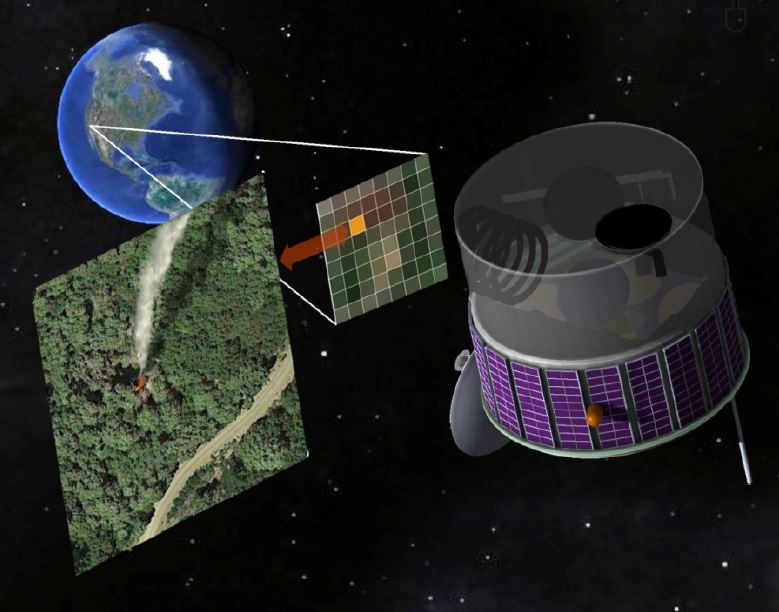Today the U.S. Forest Service published this on Twitter:
Digital National Forest Maps Now Available http://t.co/wrn7srcJQl #govtech #apps @forestservice @pdfmaps #cafire pic.twitter.com/szbC7aIR8v
— USFS Fire-California (@R5_Fire_News) November 20, 2013
Being fond of maps, I had to check it out. The link takes you to a USFS website where they advise you to download an app for your smart phone or tablet. For Apple users go to iTunes and search for “Avenza PDF Maps”. At the Google Play Store for Android folks it is named “PDF Maps“. The app is free.
While there are many ways to obtain digital maps, one advantage of this system is that you don’t have to have a connection to the internet to use it. If you’re out of cell phone coverage and your device has a GPS receiver, it can pinpoint your location on the georeferenced map, but you have to download the maps first.
Since the USFS was promoting their maps on this app we checked to see what is available. They are sorted by region number. If you don’t know the number of the region you’re interested in, you will have great difficulty finding the map you need. Only three USFS regions have any maps listed. Their Northern Region, Region 1, has five, and they are all Motor Vehicle Use maps (MVU). The MVU maps are not pleasing to the eye and are not fun to use. The Rocky Mountain Region, R-2, does not list any maps under USFS/ R2, but if you search for “Black Hills” for example, a number of MVU maps show up for the Black Hills National Forest. The USFS Intermountain Region, R-4, has nine maps, all MVU maps for the Boise National Forest. The MVU maps are priced exactly what they are worth, $0.00. The California Region, R-5, has 33 maps listed. They all appear to be their standard visitor map and are probably very useful. They are priced at $4.99 each.
When you are looking for a map, not all of them are located where you would expect and there may be many more USFS maps scattered around the app in nooks and crannies. Searching for a map name might work better than drilling down by Category/Vendor/Subcategory, such as Parks, Forest, & Grasslands/US Forest Service R1/All Subcategories.
The USFS and Avenza need to fix this.

The National Park Service on the other hand has 127 maps available and they are all free. They are not extremely detailed. The Yosemite map (see screen shot above) appears to be a duplicate of the map you are given when you enter the park. It has roads, trails, communities, creeks, bodies of water, and facilities, but not much else. If you’re hiking in the park and get lost, you could pull out your smart phone and figure out where you are, even if you don’t have cell coverage.
There are thousands of other maps available as well. For example, USGS topographical maps at 1:24,000 scale are free, while there is a fee for the 1:100,000 versions. I saw some BLM 1:100,000 maps that were priced at $2.99.
The app can also measure distance and acreage, but it’s rather cumbersome. I was hoping that it could track your location every few seconds as you walked around an area, say, a fire, and it would calculate the size. But instead of tracking your location automatically, you have to move the cross hair to your indicated location at multiple intervals, click, and keep doing that until you’ve circumnavigated the fire.
There are no instructions that come with the app, and I could not figure out how to do the acreage calculation. The user interface, on this Android Version 1.0.2, is not super intuitive. After a fair amount of searching I found some help on Avenza’s website. (Click on iOS or Android.)
What app do you use to compute acreage?
Here is the way the app is described at Google Play:
Continue reading “NPS maps and a few USFS maps available on your hand held device”






